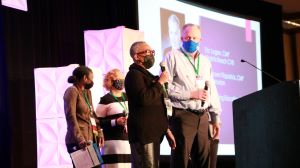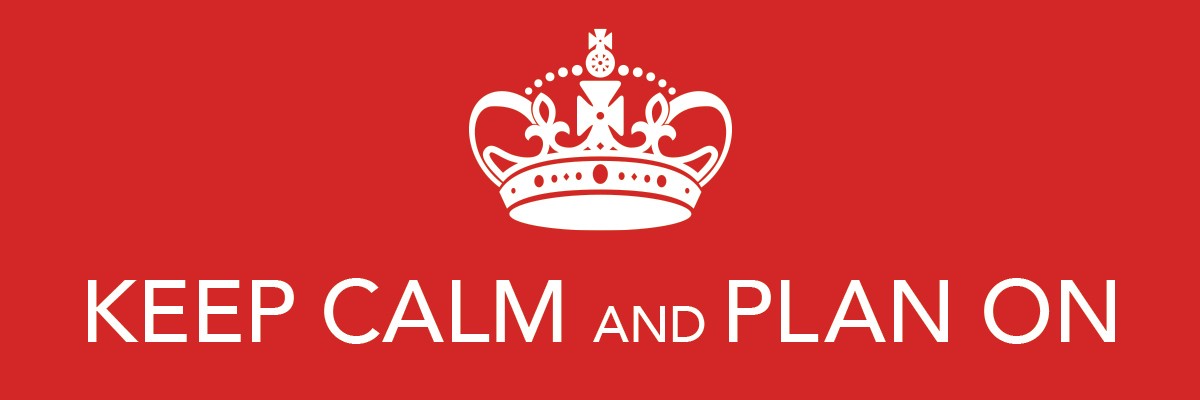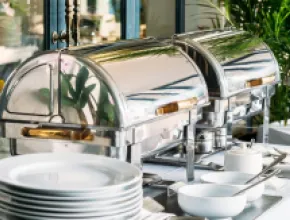
[Editor's note: This story has been updated from a previous version from 2022.]
The CDC has recently begun tracking two mutated strains of the COVID-19 virus, including the EG.5 variant (nicknamed "Eris") and the BA.2.86 variant (nicknamed "Pirola")
While many of us might be reluctant to pull out the masks and hand sanitizer again, it is still important to note how to protect your meeting or event attendees against these variants, especially those who might have compromised immune systems or are at higher risk for hospitalization.
When we at Event Service Professionals Association (ESPA) held our first in-person, annual conference in two years in January 2022, there were 10 best practices that we used to produce a safe event for all attendees. With these new variants of COVID-19 on the rise, here is our roadmap for creating a COVID-safe experience for your meeting or event.
[Related: Learn COVID-19 Protocol Best Practices Gleaned From ESPA’s Annual Conference]
1. Require Vaccines or Health Screenings
Deciding ahead of time what the test or vaccine requirements will be for attendees. While many local guidelines may no longer be in effect, it might be a good idea to at least encourage all participants to be fully-vaccinated and/or test negative to the COVID-19 virus prior to attending the event. For instance, at ESPA's 2022 event, all attendees were required to show proof of vaccination, or a negative PCR COVID test performed within 72 hours of the conference. Then, we asked advanced health screening questions to further mitigate any risk.
2. Hold Partners to the Same Standard
Review any health accommodations that your venue may have made during or after the pandemic and communicate these to your attendees to help make them feel more comfortable. Some of these accommodations might include fresh air ventilation or cleaning practices. Also, make sure to ask your contractors (like your AV or catering team) to ensure their standards meet or exceed yours. If not, require them to follow your standard during the event.
3. Use Technology to Your Advantage
There are multiple apps that your state might use to track COVID-19 vaccination records. These can be helpful to collect proof of vaccination and other apps or pre-event questionnaires can be used to provide a health-screen prior to the event to help mitigate the risk of COVID-19 spread.
[Related: 3 Health-Screening Solutions for the Return to In-Person Events]
4. Request Reassurance
Recommend that registrants get the vaccine booster if they qualify for the shot, and to take a rapid or at-home COVID test prior to departure.
5. Use the Honor System
Ask registrants to support and abide by the established safety protocols for the best interests of all attendees and agree to remove themselves from the conference if they start experiencing any COVID symptoms. They should also notify a staff member, who will assess the impact it may have on other attendees.
6. Require Masks
Consider requiring that attendees wear masks indoors—except for eating and drinking—and on transportation. Provide N95 masks—no cloth or surgical masks—to all attendees.
7. Double-Down on Comfort
Give attendees the option to choose different-colored lanyards to communicate their comfort levels while networking. For example, red could mean, “I’m keeping my distance,” while yellow would express, “I’m being cautious; I’m okay with talking and elbow bumps.” Green would signify the highest level of comfort: “I’m feeling okay with hugs and high fives.”
[Related: A COVID-19 Convention Services Roadmap to Recovery]
8. Offer Seating Options
Allow attendees to choose their own seating preference. For instance, each session room could offer one seat per six feet, classroom seating, as well as banquet rounds with four seats. For the general session, you could offer theater seating spaced three feet apart.
9. Make F&B Faster and Safer
Serve individually packaged breakfast items, which could be wrapped bagels and muffins, individually packaged fruit, yogurt and granola. Present a plated lunch by attendants wearing N95 masks. Organize coffee breaks as an individual grab-and-go, alleviating the chance of lingering and the need for multiple people using the serving utensils. Possible examples could include individual glasses with smoothies, crudités or apples with caramel sauce.
10. Relax
You got this. Event service professionals are ready to help meeting planners deliver memorable in-person conferences once again that are comfortable for all attendees.
Read Next: Opinion: You Need Event Service Profs More Than Ever. Here's Why







